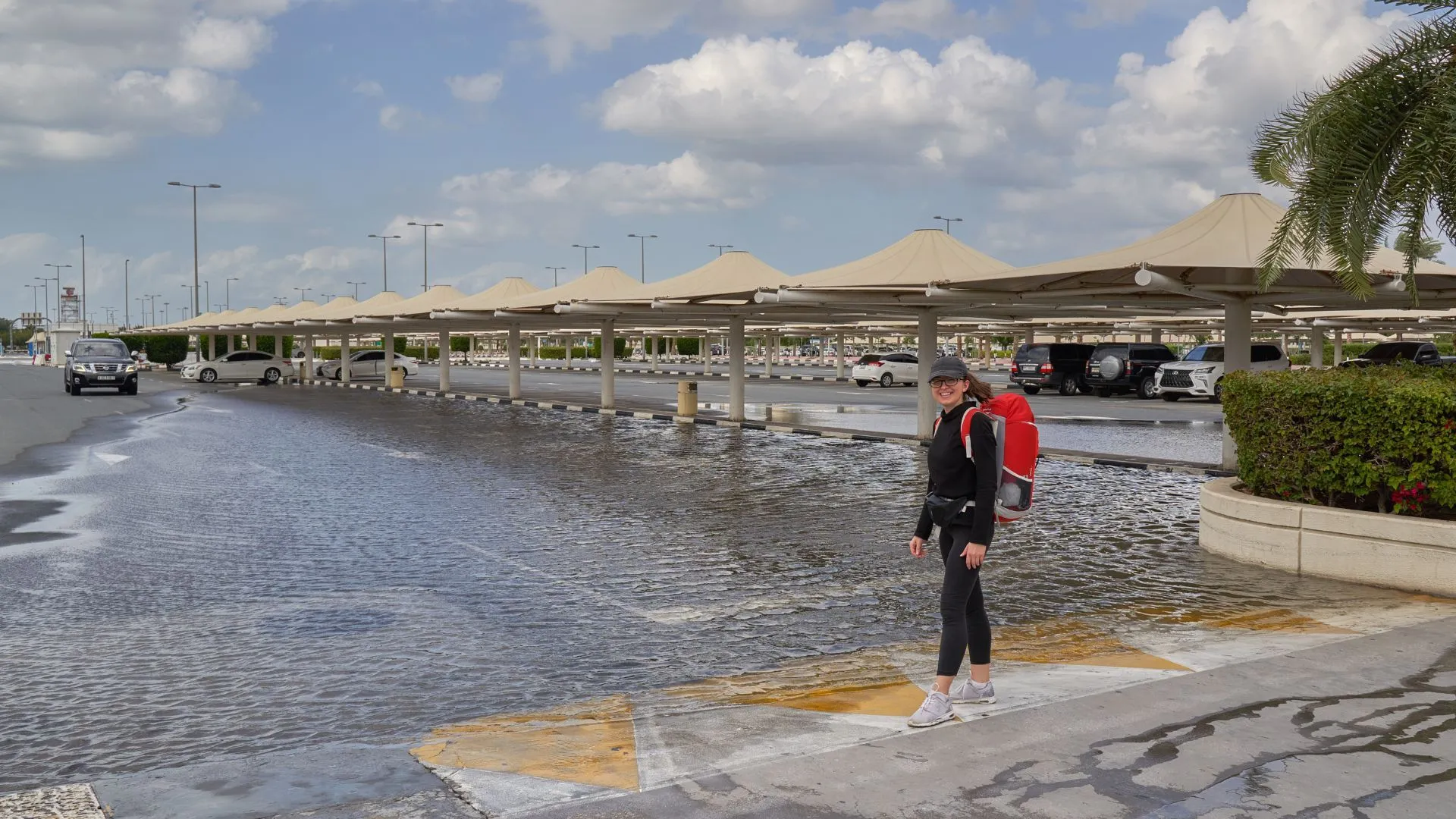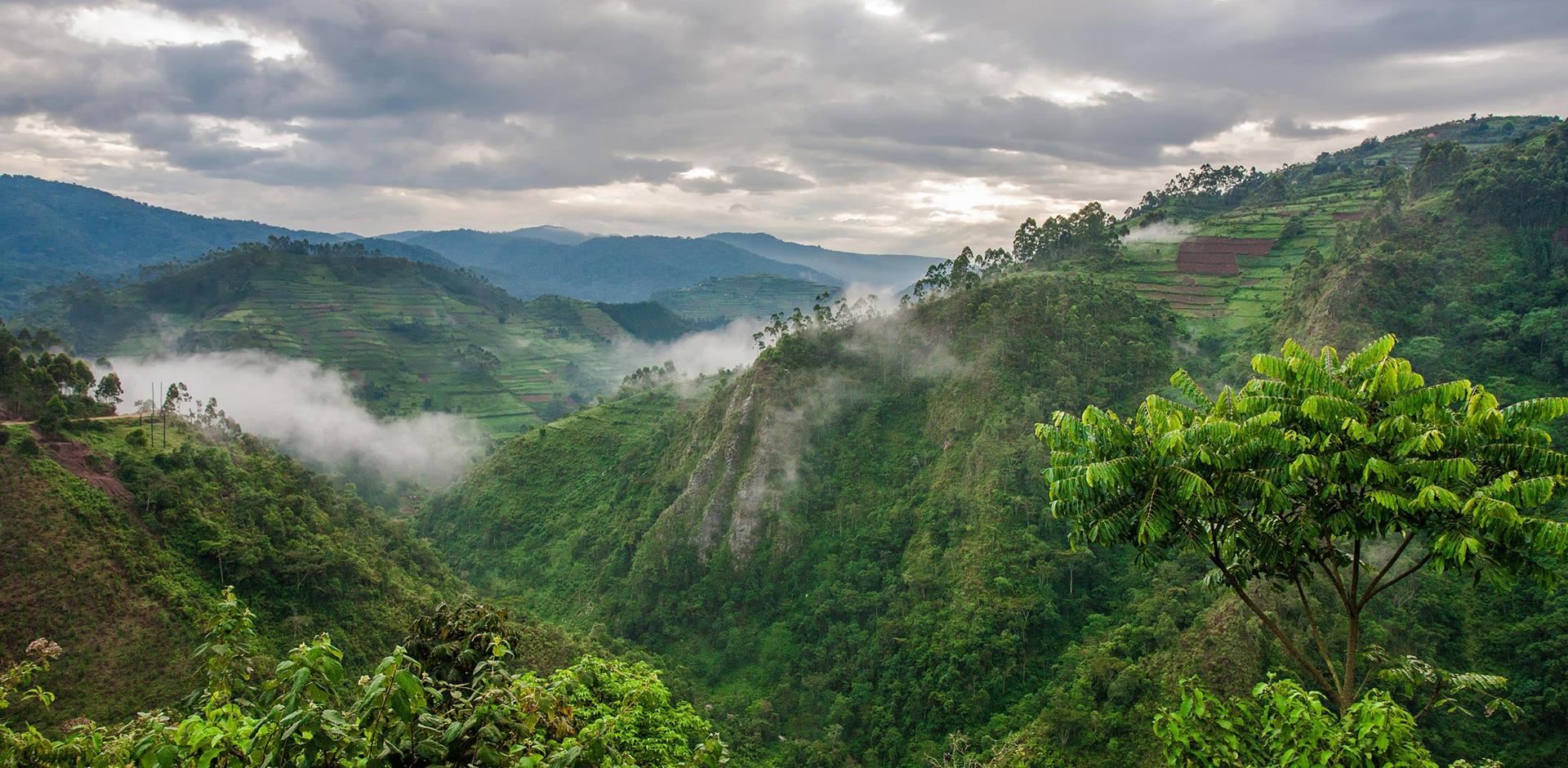Stay Informed ─ Global Travel Advisories Update
Travel is easier now more than ever. Whether by yourself or with family, going to new places can be amazing. But, it’s really important to know how to stay safe and aware of travel alerts.
Here’s Sarah, who loves to travel and see new things. She was exploring a beautiful place, trying new foods, and meeting people. Then, something bad happened because the area was not safe due to fighting.
Knowing about travel alerts might have helped Sarah stay safe. Getting the latest updates is crucial for safety. It’s not just useful; it’s about staying out of harm’s way.
These alerts tell you about possible dangers in different parts of the world. By knowing about them, you can travel smartly. This way, you can enjoy your trip safely and to the fullest.
Key Takeaways:
- Staying informed about travel advisories is crucial for a safe and enjoyable trip.
- Global Travel Advisories provide valuable information on potential risks and hazards in various countries.
- Travelers can make informed decisions by staying updated on worldwide travel guidance and alerts.
- Prioritizing your safety allows you to make the most out of your travel experiences.
- By staying informed about travel advisories, you can confidently navigate through the complexities of international travel.
Understanding Travel Advisory Levels

In today’s world, travel advisory levels help us know if places are safe to visit. They put countries into different groups based on how careful we should be. This helps us make smart choices to stay safe while traveling.
It starts from Level 1, where we just need to act as usual. Then, it goes up to Level 4, when traveling is not safe at all. Knowing what each level means is really important for our safety and health.
Now, let’s dive into what each level tells us:
Level 1: Exercise Normal Precautions
Level 1 means there’s only a small risk, like in our daily lives. We should keep up with local news and what the government says. Places at this level are usually pretty safe, with stable politics and low crime.
Level 2: Exercise Increased Caution
At Level 2, we need to be a bit more careful because there are a few more risks. These could be things like petty theft, natural disasters, or not much access to healthcare. It reminds us to watch out in certain parts of a country.
Level 3: Reconsider Travel
Level 3 is where things are starting to get more serious. It’s when we should think twice before going because there might be big safety issues. This could be because of a shaky political scene, high crime, or protests. We should really ask ourselves if the trip is really necessary and safe.
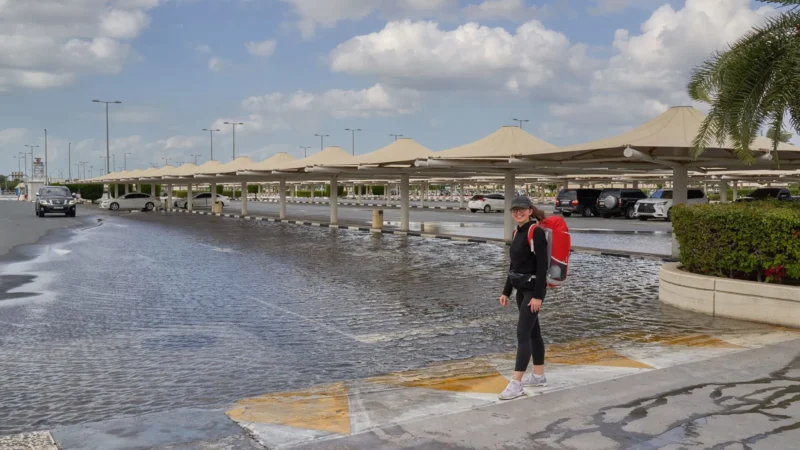
Level 4: Do Not Travel
Level 4 is the most serious, and it means we really should not go. Countries here face big immediate risks, like war, terrorism, or a lot of violence. Our personal safety is the top priority when these warnings are given.
Knowing about the travel advisory levels helps us make smart travel choices. By keeping up with the advisories and checking details for each place, we can have a safe and fun trip.
| Level | Advisory |
|---|---|
| Level 1 | Exercise Normal Precautions |
| Level 2 | Exercise Increased Caution |
| Level 3 | Reconsider Travel |
| Level 4 | Do Not Travel |
Countries with Level 4 Travel Advisories
Some countries are now Level 4 for travel, meaning they’re very risky to visit. People should know these places are dangerous and be careful when making travel plans.
High-Risk Countries
The countries on Level 4 Travel Advisories list are:
- Afghanistan
- Belarus
- Burkina Faso
- Central African Republic
- Haiti
- Iran
- Iraq
- Libya
- Mali
- Mexico (specific states)
- Myanmar
- North Korea
- Venezuela
These places have big dangers like terrorism, fights, and high crime. It’s smart to be very careful if you have to go, and maybe not go at all for your safety.
Always know the latest on travel warnings to make the best choices for your safety. Check updates from government travel sites and groups that help keep travelers safe.
Being extra careful in risky countries means you can travel safer. With the right information and steps, you can protect yourself while seeing new places.
Tips for Staying Informed
It’s important to keep up with travel advisory updates and alerts. There are many tools to help. These resources make it easier to make smart travel choices.
Smart Traveler Enrollment Program (STEP)
STEP helps you get travel advisories and alerts for where you’re going. Sign up for email updates. This way, you know about safety info and can change plans if needed.
Social Media
Follow travel accounts on Twitter and Facebook for quick updates. Stick to trusted sources like governments and travel groups. This is a good way to stay in the know and connect with other travelers.
RSS Feeds
Subscribe to RSS feeds from legit travel sites and governments. They send the latest alerts right to you. It’s a simple way to get the newest info without searching.
Travel Mapping Tools
Use travel mapping tools to find out about different places safety wise. These maps show travel advisories clearly. You can use them to plan your trip wisely.
Relevant Organizations

Keep in touch with groups like OSAC for more tips. They offer detailed travel safety and advisory news. Their info is ideal for travelers looking to stay safe.
Follow these tips and you’ll be well-informed about travel updates. From using STEP to checking social media and more, knowledge is key for a great trip.
Factors Considered in Travel Advisory Updates
Travel advisory updates look at many things to keep travelers safe. They check health risks, terrorism, civil unrest, and natural disasters. Government agencies watch over these situations in different countries.
Events, political stability, crime, and health also matter a lot. They help decide how risky a destination is. By looking at these things, travel advisories are updated. This gives the most correct and up-to-date info to travelers.
If there’s a health risk like a disease outbreak, advisories might say to avoid some areas. They also might suggest safety tips. This happens with civil unrest or terrorism too. Advisories can tell people to be more careful or rethink their travel plans.
Travel advisories use these factors to help travelers. They want to offer good advice. This helps travelers make smart choices about going abroad.
Monitoring International Health Risks
Health risks are a big deal for travel advisories. Agencies and health groups watch over the world for things like sicknesses. They check healthcare options and vaccine needs too.
“Traveler safety is our top concern. We keep an eye on health risks everywhere to give safe travel tips.” – Dr. Sarah Johnson, Director of Global Health and Safety
In times of sickness outbreaks, advisories provide tips for staying safe. They talk about how travel might be affected. And they may share any rules countries have in place. Travelers should always look for the newest health advice before they go.
Addressing Terrorism Threats and Civil Unrest
Travel advisories don’t forget about terrorism and civil unrest. Agencies and intel groups work together. They study safety to see where the risks are.
When there’s a high terrorism or unrest risk, advisories tell travelers what to do. This can include being careful or avoiding some places. They also say to watch local news and follow security rules.
Assessing Natural Disasters
Natural disasters are another big risk for travelers. Agencies watch for things like earthquakes and bad weather. They look at how these can affect travel safety.
“We aim to help travelers deal with natural disasters by giving prompt info and safety advice.” – Sarah Thompson, Senior Analyst
When a place faces a natural disaster, advisories share safety details. They tell about dangers, how to leave, and where to find help. This helps travelers stay safe.
Staying Informed for Safe Travels
Travelers should keep up with travel advisories from official sources. Getting alerts and following social media can also help. Smartphone apps with real-time updates are great options too.
Knowing about risk factors helps travelers plan better and stay safer. It leads to better and more fun trips.
Traveling Responsibly and Safely
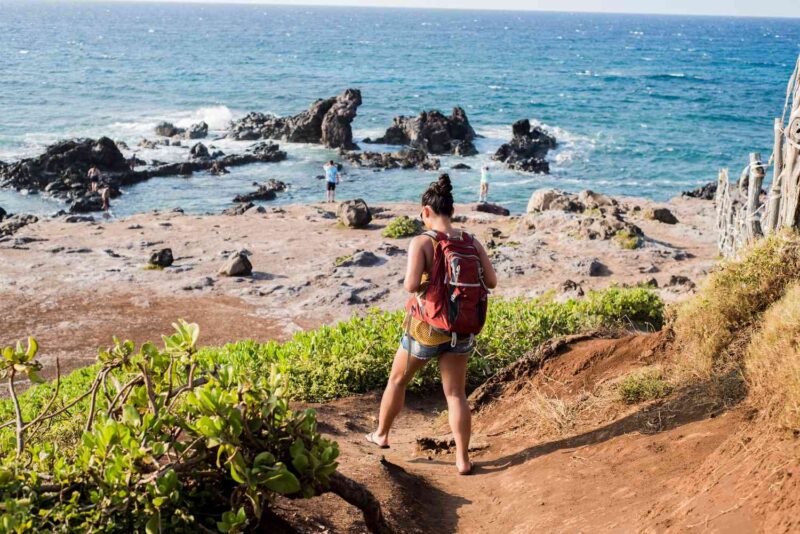
When you travel abroad, think about being safe and responsible. Make your trip fun and safe while lowering risks. Remember these important things:
1. Travel Insurance
Buying travel insurance is key. It covers costs for things like trip calls off, medical needs, or lost stuff. Look into different plans to pick what’s best for you before you go.
2. Emergency Preparedness
Being ready for tough times is a must for all travelers. Know where to find help and health care where you’re going. Keep emergency numbers and addresses handy. It’s smart to carry a first aid kit with basic medical items too.
3. Respecting Local Laws and Customs
Acting right in another country means knowing and following their rules and ways. Learn about their culture, traditions, and local customs. This shows you respect their way of life and helps you avoid saying or doing the wrong thing.
4. Health and Safety Guidelines
Knowing your travel spot’s health and safety rules is crucial. Check for needed shots or health steps for that place. Keep up with COVID-19 rules like wearing masks and testing. This keeps you and others safe.
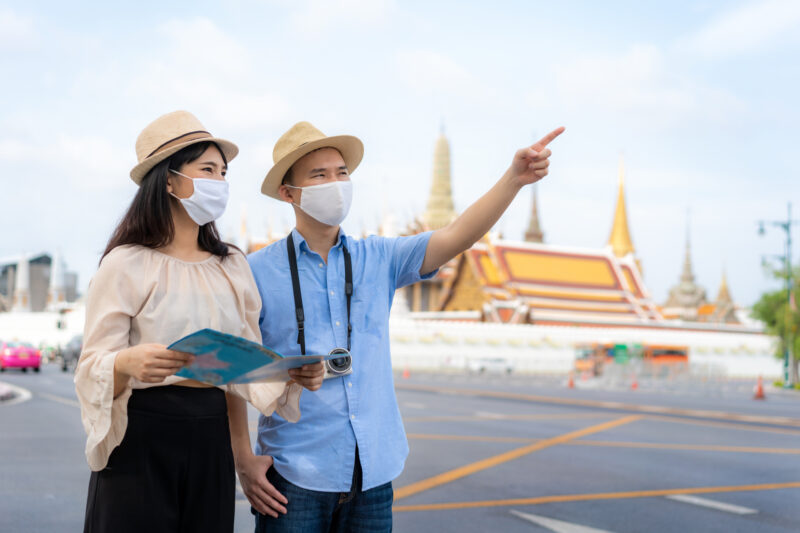
Travel responsibly by caring about locals and nature. Help keep the area clean. Buy from local shops and try to be eco-friendly. This helps save cultures and the Earth.
By traveling safely and responsibly, you make great memories. Plus, you help the places you visit in a positive way.
Destinations with Improved Travel Advisories
Some places have Level 4 Travel Advisories, meaning they are very risky. But, advisories can get better. Better news and fewer restrictions have made places safer. This has changed how people can visit and enjoy new cultures.
You should keep up with updates on travel advisories. Doing so will help you travel to places that were once risky. Global leaders are working to make travel safer for everyone. They are taking steps to tackle safety concerns and boost security for visitors.
Take Colombia for instance. It was once known for drug violence. But with lots of effort, it has become safer. The government there worked hard to improve security and attract tourists.
Rwanda is another example. It’s growing in positive travel ratings. This country is beautiful, with rare wildlife. It’s investing a lot in tourism and protecting its natural areas. This makes it a top choice for people looking for adventure.
These stories show why it’s key to keep an eye on travel updates. Travellers are advised to stay updated on advisories. Always check the newest advisories before you plan your next trip.
As advisories get better around the world, we should appreciate the work done. Thanks to these efforts, more safe and memorable travel is possible. This lets people experience new traditions and make lasting memories in brave new places.
| Country | Previous Travel Advisory Level | Current Travel Advisory Level |
|---|---|---|
| Colombia | Level 4 | Level 2 |
| Rwanda | Level 3 | Level 1 |
| Kenya | Level 3 | Level 2 |
| Greece | Level 2 | Level 1 |
Conclusion
Keeping up with Global Travel Advisories is key for smart travel choices and your travel safety. Knowing the advisory levels and using trusted sources helps. It lets you travel the world with confidence.
Always think about your safety first, follow local laws and customs, and keep up with travel advisory updates. This includes checking risks, destination safety, and the worldwide travel guidance. Being informed helps you travel safely and enjoy it.
Before your next trip, look into the Global Travel Advisories. Your health and safety are important. With good information, you can have great trips that are safe and fun.
FAQ
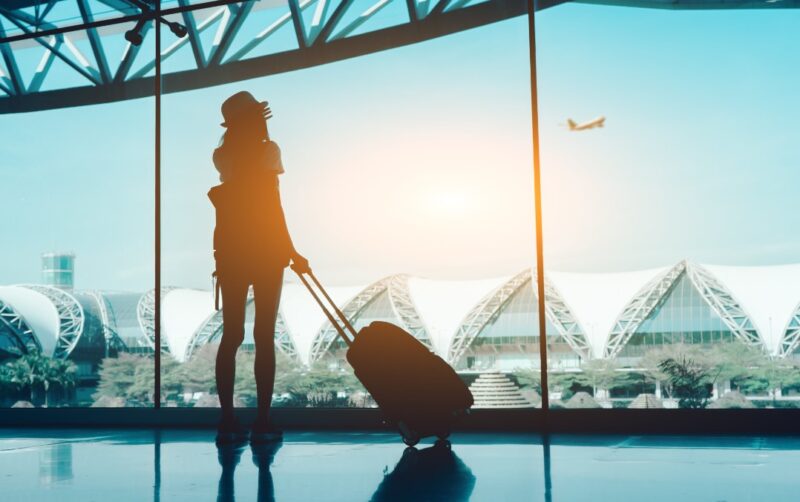
What are Global Travel Advisories?
Global Travel Advisories give info on risks and hazards in different countries. They help travelers know what to expect and stay safe.
How are countries categorized in travel advisory levels?
Countries get put into travel advisory levels from Level 1 to Level 4. These levels show how risky or safe a place might be for travelers.
Which countries have Level 4 Travel Advisories?
Countries like Afghanistan, Belarus, and Haiti have Level 4 Advisories. Other countries include Mexico (specific states) and Venezuela. These places might not be safe for visitors.
How can travelers stay informed about travel advisories and updates?
To keep up with travel advisories, travelers can use the Smart Traveler Enrollment Program (STEP). They can also follow official accounts on social media and join RSS feeds. Staying in touch with organizations like the Overseas Security Advisory Council (OSAC) is helpful too.
What factors are considered in travel advisory updates?
Updates look at health risks, terrorism, civil unrest, and natural disasters. Events, political stability, crime rates, and health conditions matter. They help decide how risky a place is.
How can travelers prioritize safety while traveling internationally?
To be safe, travelers should get travel insurance and know emergency plans. They should learn about local emergency and healthcare services. Respecting local laws and customs is key. Knowing health and safety rules, like vaccination needs and COVID-19 steps, is also important.
Are there instances where travel advisories improve?
Yes, some countries get safer and travel advisories change. These changes happen when countries make things better and lift restrictions. Travelers must keep checking for the latest info as situations can change.
Why is it important to stay informed about Global Travel Advisories?
It’s key to know about Global Travel Advisories to make smart travel choices. By knowing about advisories and using good safety habits, travelers can have a confident journey.
